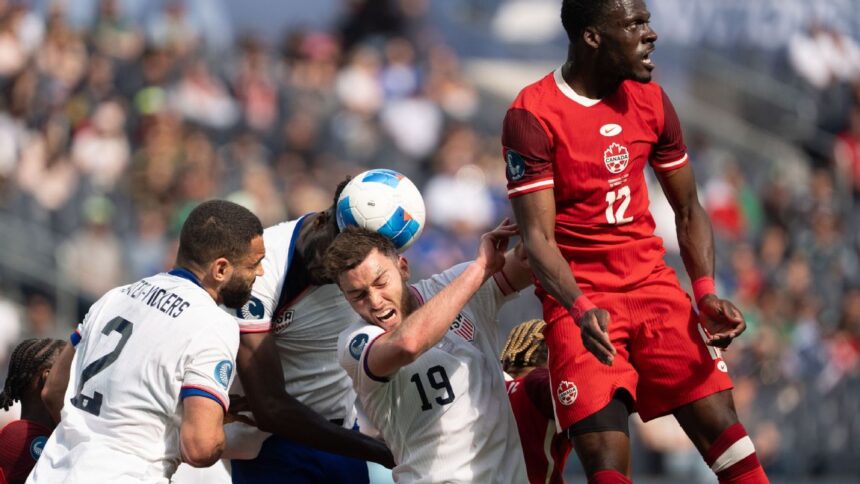Have you ever felt “Concacafed”? Did you experience the symptoms of a yellow card for a kick, or the confusion of seeing a player rolling around after a handshake? In North American soccer, the expression “Getting Concacafed” encapsulates a peculiar and sometimes chaotic reality.
This phrase, popularized by analysts and fans, describes the unexpected situations and the distinctive playing style of Concacaf, which combines the wealth of federations like the United States and Mexico with those of nations with fewer resources and professionalism. It is a melting pot where stars like Lionel Messi and Christian Pulisic coexist, creating a unique football experience. The term “Getting Concacafed” refers to the surprises, physical play, and particular conditions that characterize Concacaf matches. But, what does this mean in practice, on the field? We analyze the data to better understand the game in the Gold Cup, which starts this Saturday, and which involves the United States, Mexico and Canada, teams that also aspire to excel in the World Cup.Physics and Absences
We begin with the aspect where Concacaf seems to differentiate itself the most: its apparent tolerance of violence. We will compare the Gold Cup with the Copa América, the European Championship, and the Premier League, using data from the latest editions of these tournaments. This will give us an idea of how Concacaf compares to the best regions of international football.
Although the Gold Cup averages more fouls per game than the other three tournaments, it also has the second-lowest average of yellow cards. This suggests that Concacaf referees allow more physical contact than in other tournaments, with fewer cautions.









